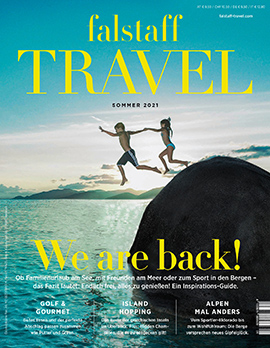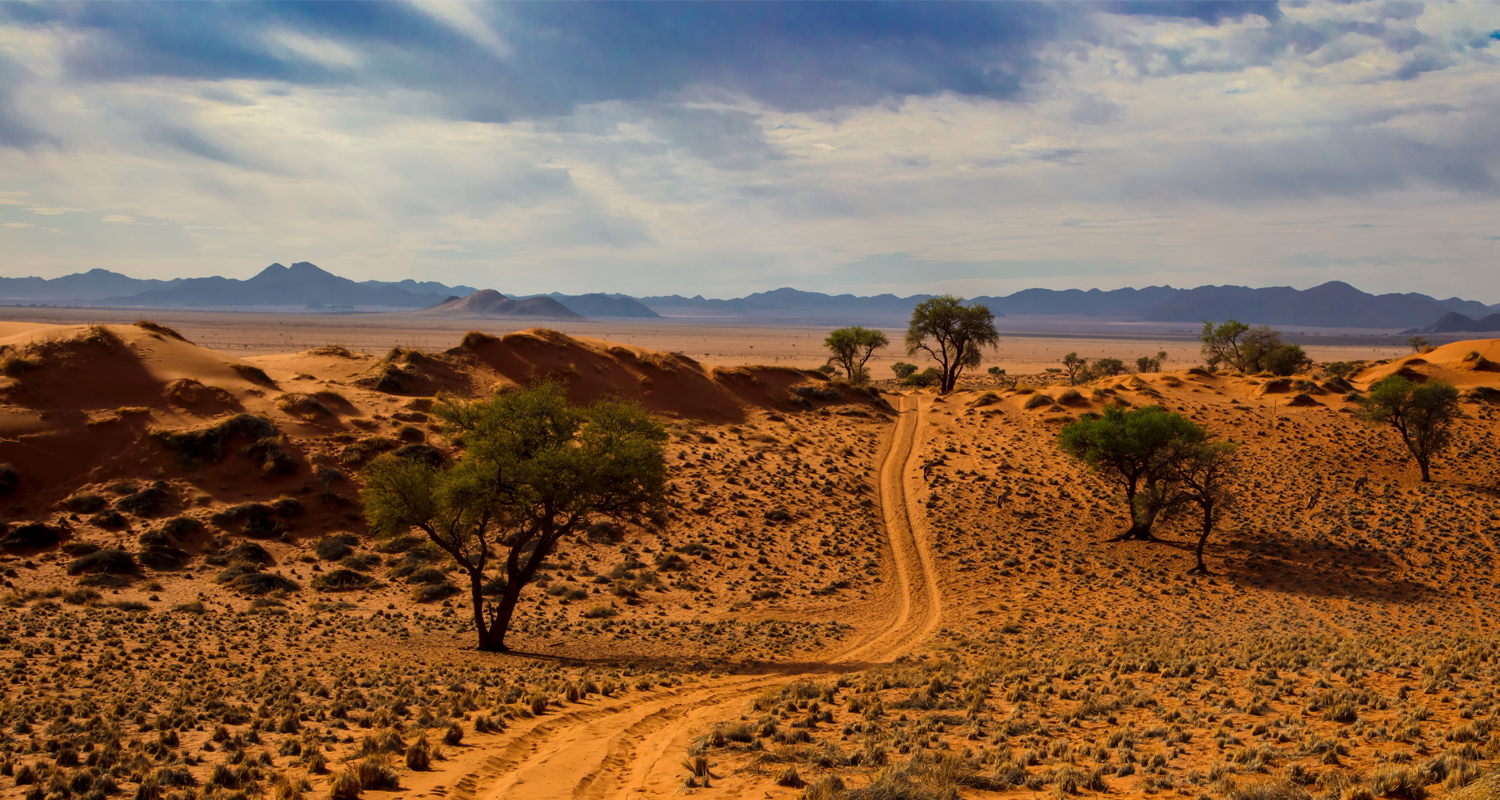
Between dune landscape and safari: These are the highlights in Namibia
Whether desert magic, safari tour or skeleton coast: Namibia has a lot in store for its visitors.
16 November 2021
Almost twice the size of Germany and so unspoilt that you can drive for hours without meeting a soul: That is Namibia. The sparsely populated country in Africa is considered very dry, which is due to the two large deserts - the Kalahari and the Namib. However, the deserted expanses and the harsh climate should not stop travellers from marvelling at the country's most beautiful sights, as there is everything to see here from imposing mountain ranges to the Big Five on a safari to desert magic between the sand dunes. Practical: There is only one hour time difference from Austria to Namibia. So there is no jet lag during the trip!
One of the most diverse cities in Africa: Windhoek
Those travelling to Namibia should definitely take a few days to explore the capital Windhoek, despite the anticipation of the country's incredible scenic diversity. Because this is - contrary to most expectations - absolutely untypical for Africa. This starts with the city's landmark, as the Christuskirche, built in 1907 in the historic centre, is German. It is a reminder of the peace between the Germans, who ruled over Namibia as colonial masters until 1915, and the inhabitants. Also at the seat of the parliament, the Ink Palace, the Germans left their traces, as this building is also completely in colonial style. But the highlight of the palace is not the building itself but the gorgeous gardens that surround it. These are ideal for a relaxing walk, during which one forgets that one is actually in one of the countries with less rainfall in the world. Another must-see is the Old Fort, which is considered the oldest building in Windhoek and houses the National Museum, where tourists can learn about the exciting history of the city.
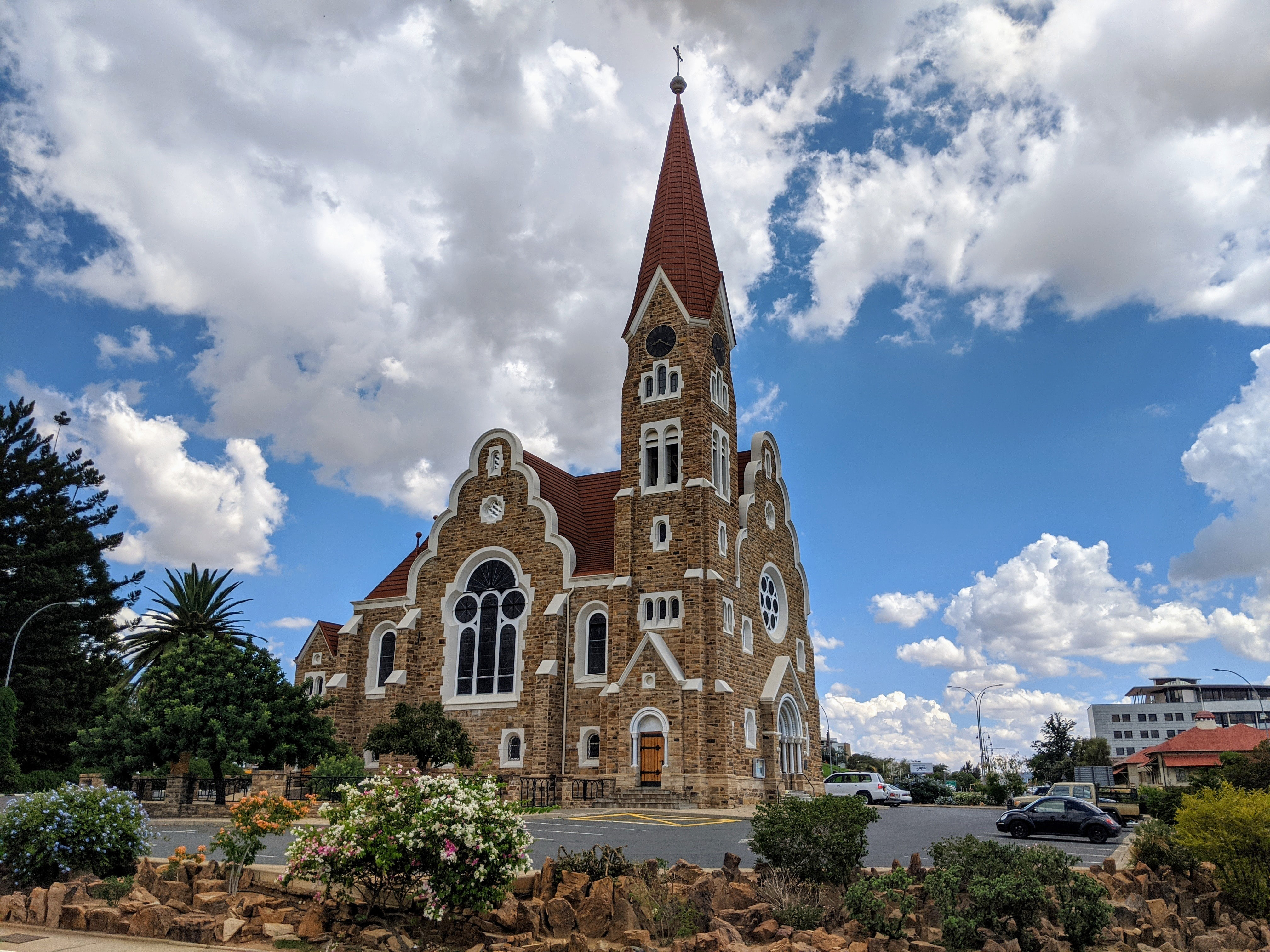
The Namib Desert and the Naukluft National Park
The oldest desert in the world, which also gave the country its name, awaits its visitors with some scenic highlights and a large protected area, the Naukluft Park. In the national park, which is bordered in the east by the Naukluft Mountains, only parts are accessible to tourists. Especially visits to the famous "pans" and "sinks", the Sossusvlei and Deadvlei, with their dead camel thorn trees, which are a great photo motif, are very popular with travellers as an excursion destination. At this impressive place with its contrasting colours and razor-sharp shadows, one becomes especially aware of the vastness and beauty of the country once again. In the Naukluft Park there is also the Sesriem Canyon with a length of approximately one kilometre and gorges with a depth of up to 30 metres. If you haven't had enough yet, you can also visit some of the world's highest dunes in the Namib Desert, such as Big Daddy and Dune 45, which are definitely among the most photographed in the world.
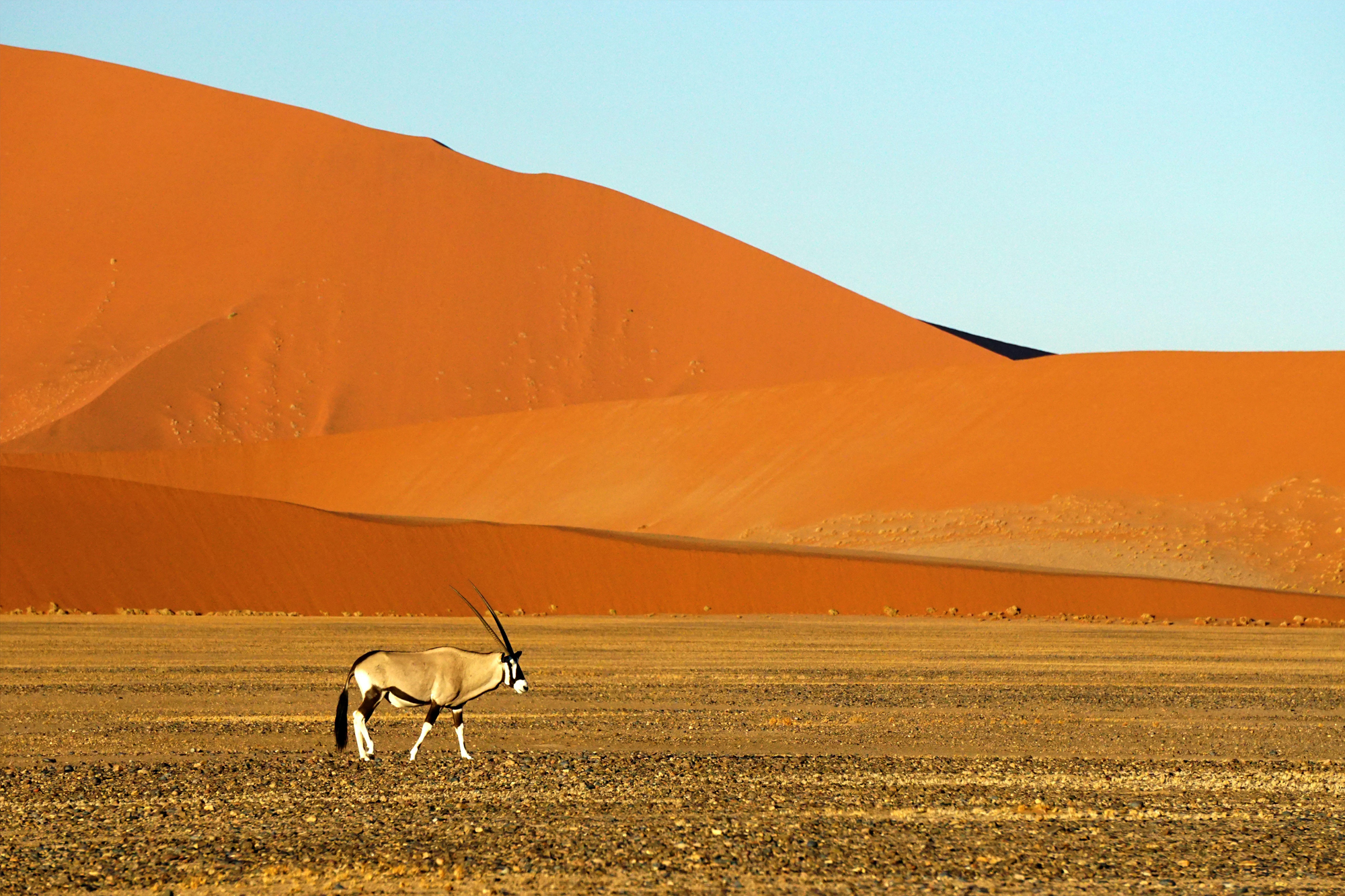
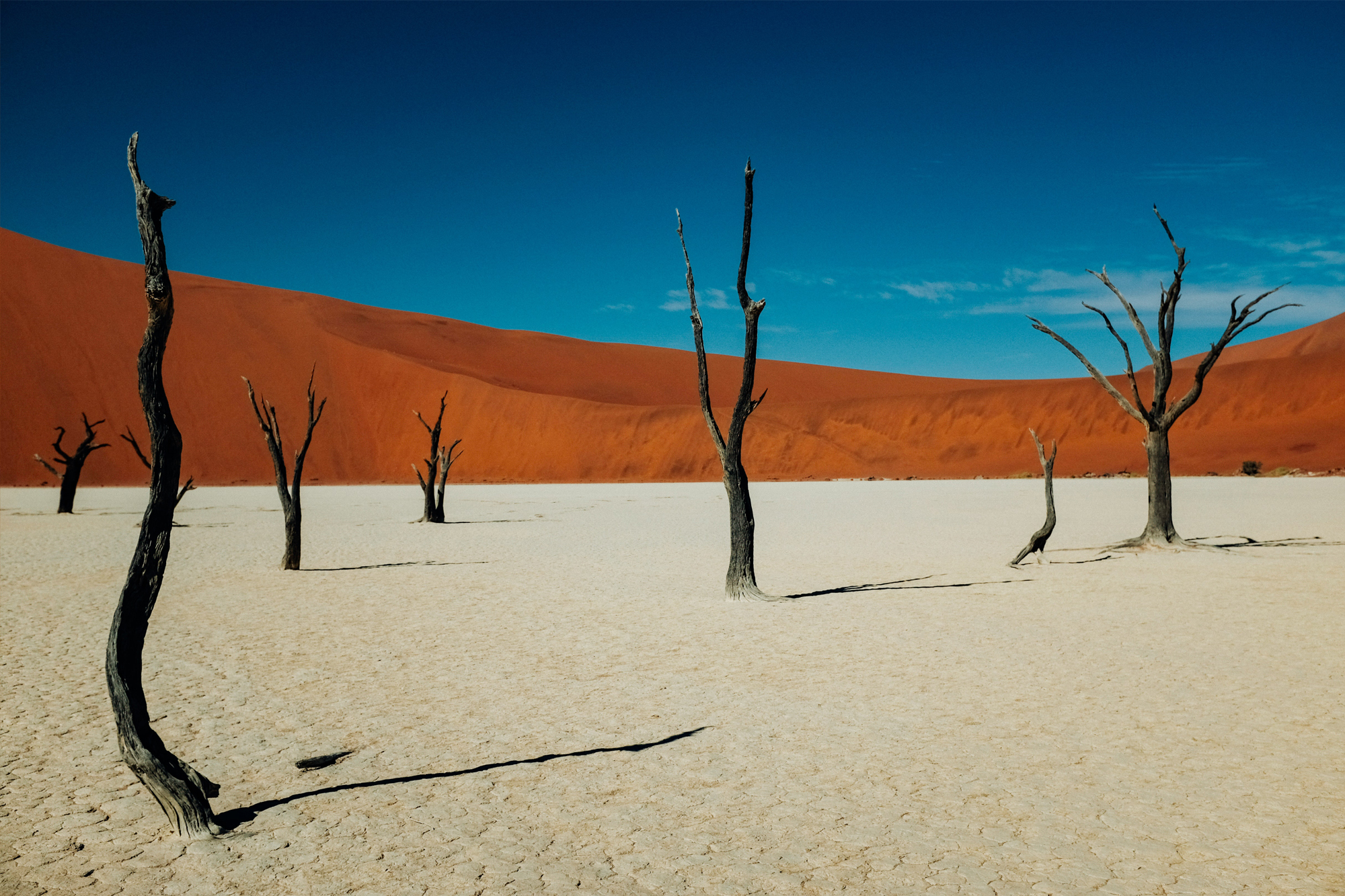
The Skeleton Coast in the Kunene Region
It is also called "the land that God created in anger", because not only numerous whales but also shipwrecked people have been stranded here, who had no chance of survival due to the directly adjacent desert, and it is known as the largest ship graveyard in the world: The Skeleton Coast. Therefore, while the northern area can only be visited with certified safari companies, the southern part is freely accessible. The northern region is particularly rewarding as it is rarely visited by tourists and is home to a wild, mystical landscape with plenty of desert elephants, lions and rhinos, which look particularly spectacular in the morning mist. In the southern part is the Dorob National Park, which is a paradise for anglers and seal colonies due to its abundance of fish.
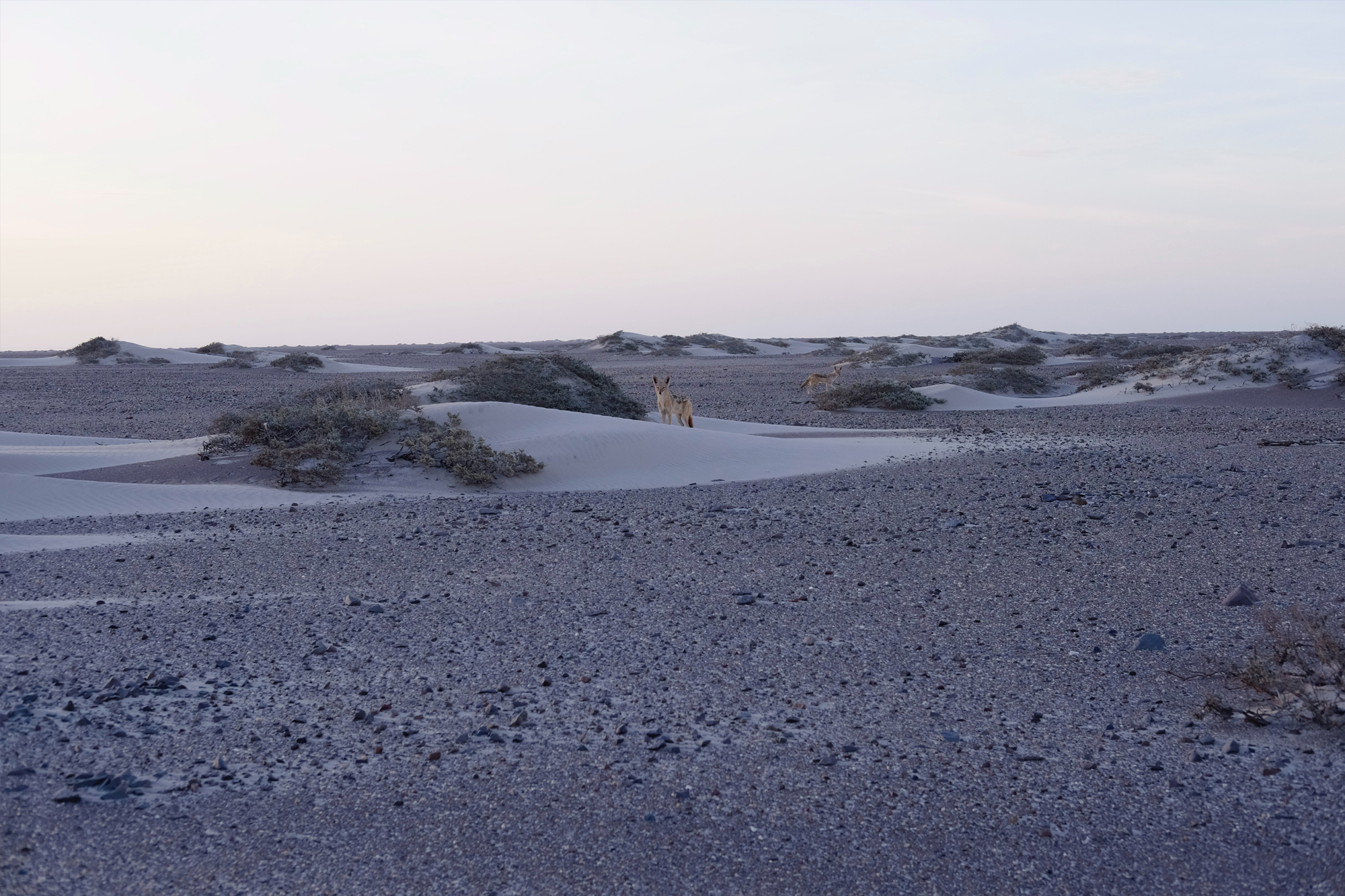
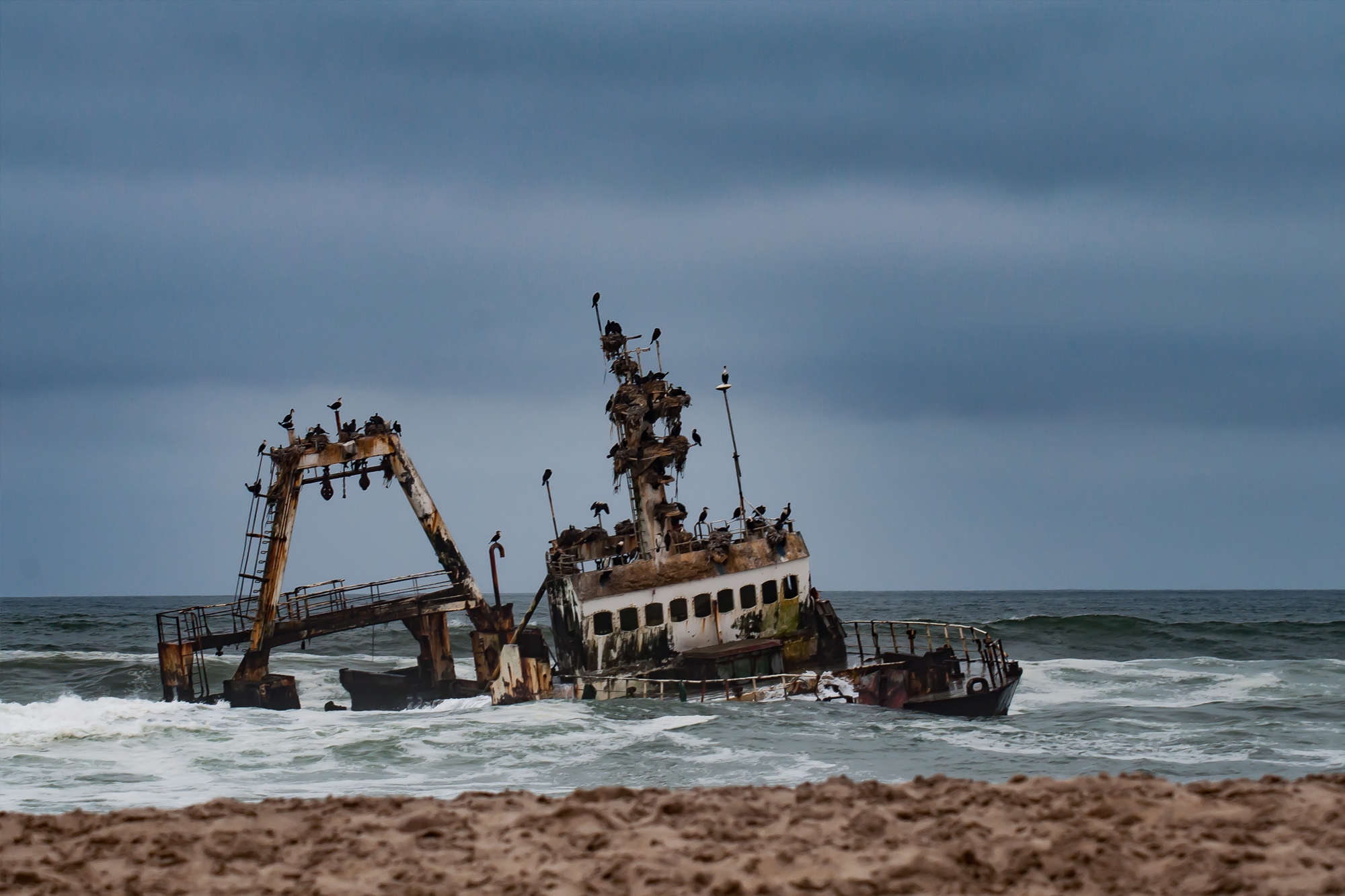
Safari in the Kalahari
If you are spending your holiday in Namibia, you should not miss out on a safari tour. In the middle of the Kalahari semi-desert, you will find some great accommodation that offers a good starting point for a guided safari. The Kalahari is home to a wide variety of animals and the chance of spotting the Big Five during a tour is great: from wildebeest, oryx antelope, zebra, ostrich and giraffe to elephant, there is plenty to see. Particularly beautiful: the Kalahari lions, whose manes are black in the adult males.
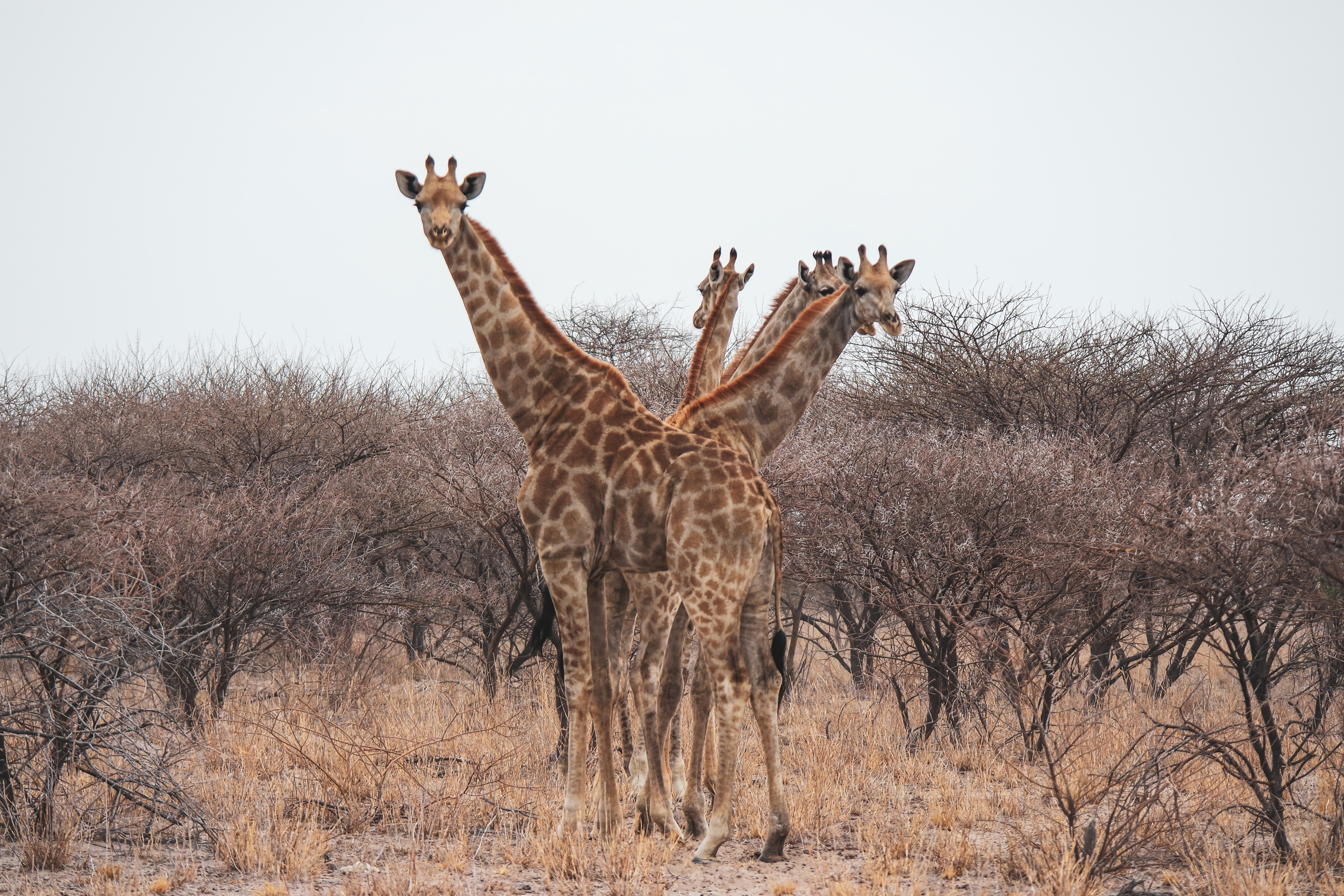
The Zambezi / Caprivi Region
Officially named the Zambezi Region, the Caprivi Strip is somewhat remote, but rewards its visitors with unique and lush flora and fauna, as the rivers here are always well-filled and there is abundant rainfall in the region. For this reason, waterbuck, African wild dogs, buffalo, hippopotamus, impala and countless protected bird species feel very much at home in no less than three national parks. Mamili National Park, which is one of the smallest in Namibia, is considered the largest wetland in the country and is flooded 80 percent of the year during the rainy season. Northwest of it lies the Mudumu National Park, whose climate is again very tropical and which can be explored well by off-road vehicle or boat. The third in the group is the Bwabwata National Park with about 5000 km². It is a mixture of deciduous forest, savannah and dry forest with great conditions for a colourful variety of plants and animals. The smallest nature reserve in Namibia is the Popa Falls. At a height of up to four metres and a width of over one kilometre, small waterfalls extend here.
Check out this post on Instagram
